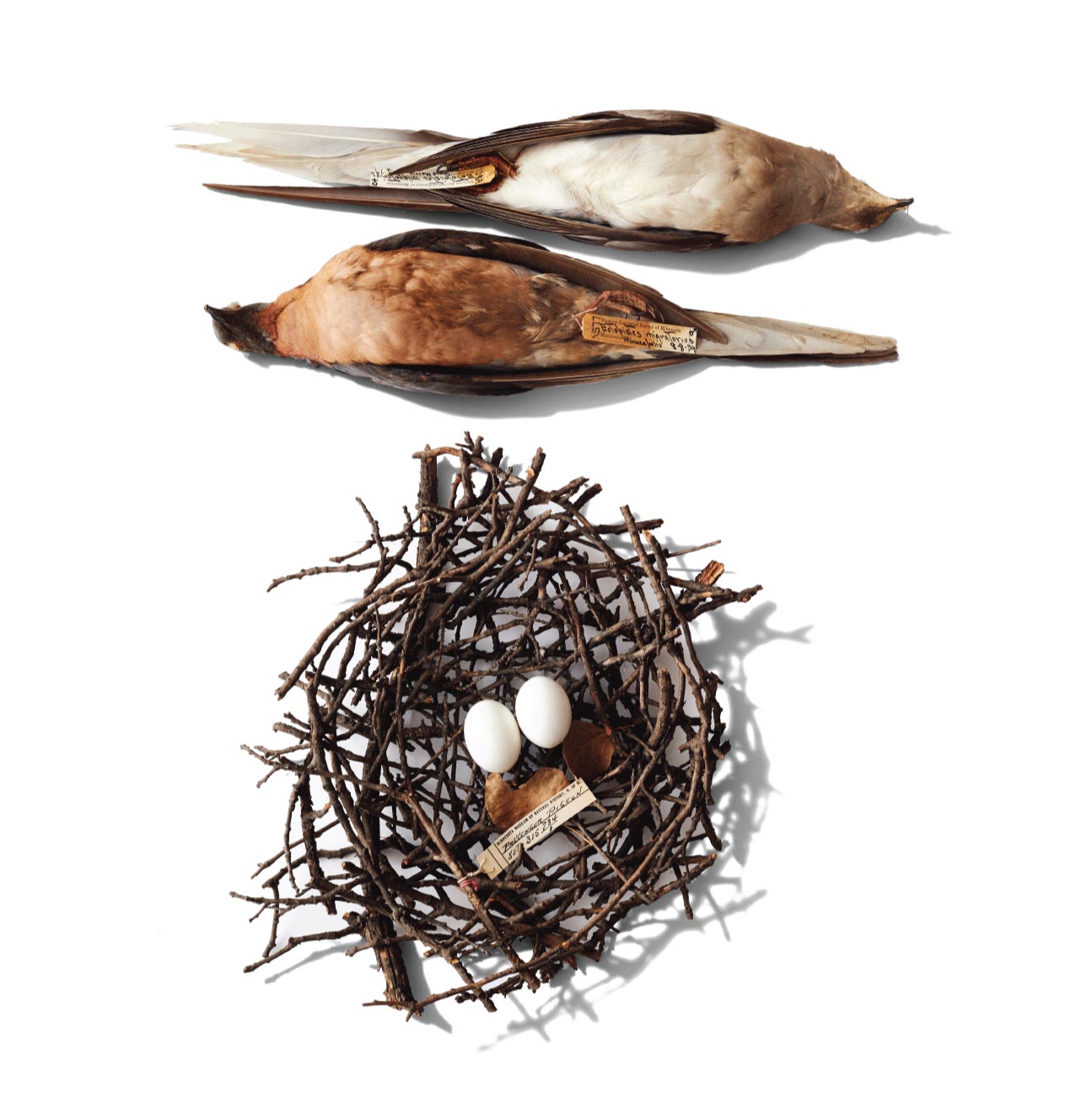
Birds
More than 45,000 specimens
Ornithology is the study of birds, from their behavior and physiology to conservation methods and habitats.
The Bell Museum’s Bird Collection currently houses approximately 46,000 catalogued specimens. Of these, the majority are standard, dried study skin preparations, although there are approximately 3,600 skeletons, 2,500 sets of eggs and 450 nests. Many of the recent specimens (more than 4,000) have accompanying frozen tissue samples. Geographically, most specimens come from the Upper Midwest and the majority of these are from Minnesota. However, there are about 12,000 specimens from Mexico. We also have historically important collections from the Philippines resulting from the Menage expedition.
For general bird inquiries, loan and information requests, or to make donations of salvage birds, please email bellbirds@umn.edu.
Minnesota Biodiversity Atlas
The Minnesota Biodiversity Atlas is a searchable, public map showing where Bell Museum animal, plant, and fungal specimens have been found and collected. The Atlas focuses on Minnesota, the meeting place of three of the world’s largest terrestrial ecosystems: eastern broadleaf forests, tallgrass prairies, and coniferous forests. It also represents moments in history before key changes occurred to the landscape, environment, and climate.
What’s most exciting, scientists will use the data in the Atlas to forecast where ecosystems and their associated species may be found in the future.



